Ecosystems, food chains and food webs -> pollution
Pollution
Pollution refers to the introduction of harmful or toxic substances into the environment, which can cause adverse effects on the natural ecosystem and human health. It can occur in various forms, including air pollution, water pollution, soil pollution, and noise pollution.
Types of Pollution
1. Air Pollution: This occurs when harmful gases, particulates, and chemicals are released into the atmosphere. Sources of air pollution include vehicle emissions, industrial processes, and burning of fossil fuels.
2. Water Pollution: It happens when contaminants such as chemicals, sewage, and waste materials enter water bodies like rivers, lakes, and oceans. This can harm aquatic life and affect the quality of drinking water.
3. Soil Pollution: Also known as land pollution, it occurs when the soil is contaminated with chemicals, pesticides, or waste materials. This can have detrimental effects on plant growth and soil fertility.
4. Noise Pollution: This type of pollution refers to the excessive or disruptive noise that can be harmful to human health and disrupt wildlife habitats.
Causes of Pollution
1. Industrial activities and manufacturing processes
2. Vehicle emissions and transportation
3. Improper disposal of waste and sewage
4. Use of pesticides and chemicals in agriculture
5. Deforestation and urbanization
Effects of Pollution
1. Adverse health effects on humans, including respiratory problems and diseases
2. Decline in biodiversity and harm to wildlife
3. Contamination of water sources, affecting aquatic ecosystems
4. Damage to agricultural lands and reduced crop yields
5. Contribution to climate change and global warming
Prevention and Control
1. Implementation of strict environmental regulations and policies
2. Use of cleaner technologies and renewable energy sources
3. Proper waste management and recycling practices
4. Promotion of public awareness and education on pollution prevention
5. Conservation of natural habitats and ecosystems
Study Guide
Here are some key points to consider when studying the topic of pollution:
- Define pollution and its different types.
- Identify the major causes of pollution.
- Explain the effects of pollution on the environment and human health.
- Discuss the preventive measures and control strategies for reducing pollution.
- Explore case studies or examples of pollution incidents and their impacts.
It's important to understand the interdisciplinary nature of pollution and its implications for environmental science, public health, and sustainable development.
[Pollution] Related Worksheets and Study Guides:
.◂Science Worksheets and Study Guides Seventh Grade. Ecosystems, food chains and food webs
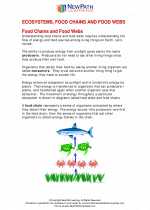
 Activity Lesson
Activity Lesson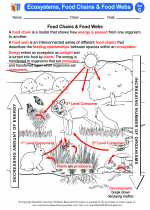
 Worksheet/Answer key
Worksheet/Answer key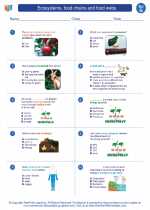
 Worksheet/Answer key
Worksheet/Answer key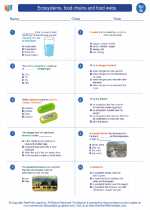
 Worksheet/Answer key
Worksheet/Answer key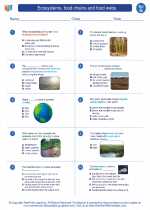
 Vocabulary/Answer key
Vocabulary/Answer key
 Vocabulary/Answer key
Vocabulary/Answer key
 Vocabulary/Answer key
Vocabulary/Answer key
 Vocabulary/Answer key
Vocabulary/Answer key
 Vocabulary/Answer key
Vocabulary/Answer key
